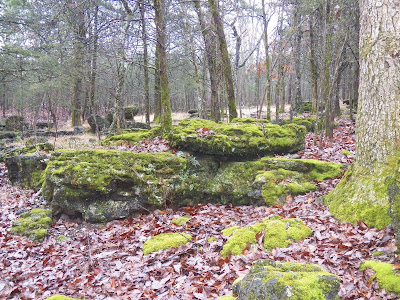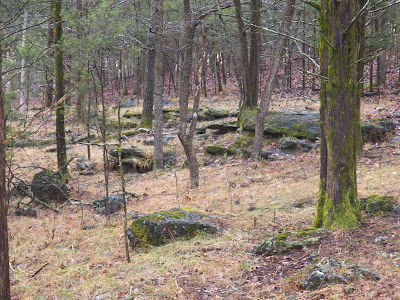Sunday, August 7, 2016
Big Cat Country
Missouri Conservation
What is one of the largest wild mammals in Missouri? What large mammal sometimes sleeps on and hunts from tree limbs? What mammal can make leaps up to 10 feet? The answer to all three questions: the bobcat.
The bobcat is found only in North America, where it is the most common wildcat. This handsome animal has tufted ears, a tawny coat with black spots and a ruff of fur that flares from its cheeks and neck.
The bobcat gets its name from its stubby or “bobbed” tail, which is only 4 to 6 inches long. The rest of the cat’s body may be from 2 to 4 feet long. Bobcats weigh up to 40 pounds.
Its spotted fur camouflages it well as it hunts for food. Unlike coyotes, for example, which usually trot along when hunting, the bobcat hunts slowly, frequently stopping and sitting for minutes at a time as it studies its environment. It uses its acute sight and hearing more than its sense of smell to find prey.
When the bobcat does spot prey, it lowers itself into a crouch and creeps slowly forward. Bobcats place their front feet down so carefully and noiselessly that their prey does not hear them coming. Then, as they move forward, they place their hind feet in the same spots, so no extra sound is made. When it’s close enough, the bobcat leaps and pulls down the victim with its sharp claws.
“The bobcat’s diet is 70 percent rabbit,” says Dave Hamilton, a resource scientist and furbearer biologist at the Missouri Department of Conservation’s Resource Science Center in Columbia. Bobcat diets also include a variety of small mammals, such as shrews, mice, squirrels and opossums; birds, such as wild turkeys and quail; and, occasionally, deer.
Because there is too much meat on a deer to eat at one time, the bobcat caches or covers it with ground litter. It may come back and feed on the remains later. However, if other food is plentiful, it may not bother to return for the meat.
Bobcats sometimes prey on domestic stock, such as chickens, turkeys, piglets, sheep and goats, but they’re not really a threat to farmers. They may also eat carrion (dead animals) if food is scarce.
These wildcats can live almost anywhere, from swamps, forests and farmlands to scrubby and arid regions, as long as there is some cover to hide in. They often rest in caves or hollow trees and under rock overhangs.
Tuesday, June 21, 2016
Starting to catch up
Well it looks like I have dropped the ball again! Here's what happened in April 2016..
Finn is ready for the babies~
Here they come
Pinky the blind goat with her twins.
Wow these guys are sure little~
They guys have found a great place to sleep.
Spring has arrived!
Sunday, March 20, 2016
Wednesday, March 16, 2016
Random shots from the farm and area
Wow I have really dropped the ball here. I have been taking pictures just not posting. Here are a couple from around the farm and the neighborhood. We have had such a mild winter, we have been out and about a lot. Time to get serious, baby goats will start withing the next two weeks!!!
Wednesday, January 20, 2016
Sunday, January 3, 2016
End of 2015
Visited my family's church as it was getting ready for the Christmas Eve service.
We are very fortunate to have a cheerful warm home to live in.
Our Christmas present to Us..
Finn at 11 months, large and in charge.
Our county courthouse, no longer needed, falling to ruin.
Osage River Valley flooding December 2015 below Bagnell Dam
Old Courthouse
Hwy 17 bridge above flood stage
St. Louis County suffers from epic flooding along the Meramec River
Subscribe to:
Posts (Atom)


































































